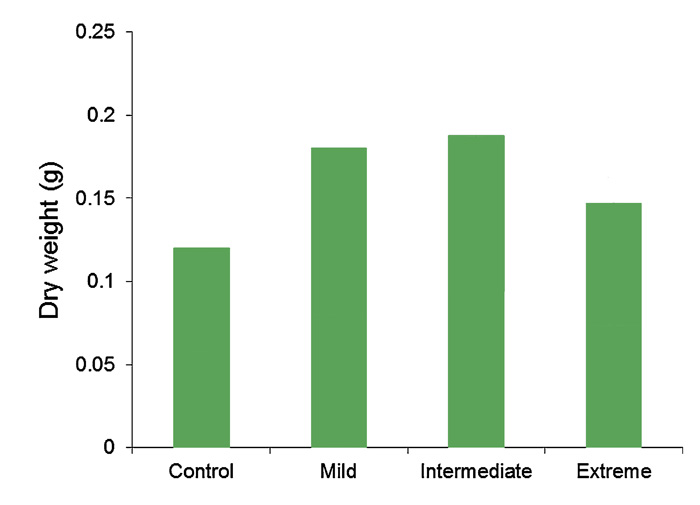| Tweet | Follow @co2science |
Paper Reviewed
Lopes, A., Ferreira, A.B., Pantoja, P.O., Parolin, P. and Piedade, M.T.F. 2018. Combined effect of elevated CO2 level and temperature on germination and initial growth of Montrichardia arborescens (L.) Schott (Araceae): a microcosm experiment. Hydrobiologia 814: 19-30.
Writing as background for their work, Lopes et al. (2018) say that "the effect of the interaction of increased temperature and CO2 concentration in plants has been discussed by many authors, but its effect on aquatic macrophytes has been poorly investigated." Thus, it was the aim of this team of five scientists to investigate the combined impacts of elevated temperature and elevated atmospheric CO2 on the germination and early growth of a rooted Amazonian aquatic macrophyte, Aninga (Montrichardia arborescens).
To accomplish their objective, Lopes et al. germinated and grew seeds of M. arborescens in controlled environment conditions under four temperature and CO2 treatments: Control (ambient CO2 and ambient temperature), Mild (+200 ppm and +1.5°C above ambient conditions), Intermediate (+400 ppm and +2.5°C above ambient conditions) and Extreme (+850 ppm and +4.5°C above ambient conditions). The duration of the experiment was approximately 5 months.
In discussing their findings, Lopes et al. report that there were no significant differences among treatments in the germination parameters they analyzed, although they say that the median time of germination tended to be shorter with increasing temperature and CO2. In terms of initial growth, as shown in the figure below, plant dry weight in each of the three elevated temperature and elevated CO2 treatments was greater than that observed under ambient temperature and CO2 conditions, albeit the magnitude of the increase in the Extreme treatment was lower than that observed under Mild and Intermediate conditions. Consequently, in light of the above findings, it can be expected that both rising temperature and rising atmospheric CO2 will benefit the germination and growth of Aninga, which outcome most would consider to be positive.

Figure 1. Dry weight (shoot plus root) of Montrichardia arborescens under control (ambient CO2 and ambient temperature), mild (+200 ppm and +1.5°C above ambient conditions), intermediate (+400 ppm and +2.5°C above ambient conditions) and extreme (+850 ppm and +4.5°C above ambient conditions) environment conditions. Adapted from Lopes et al. (2018).




